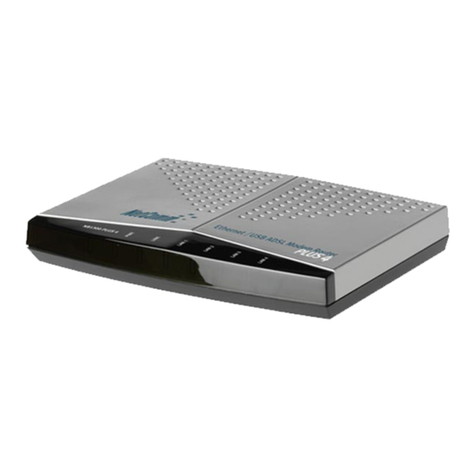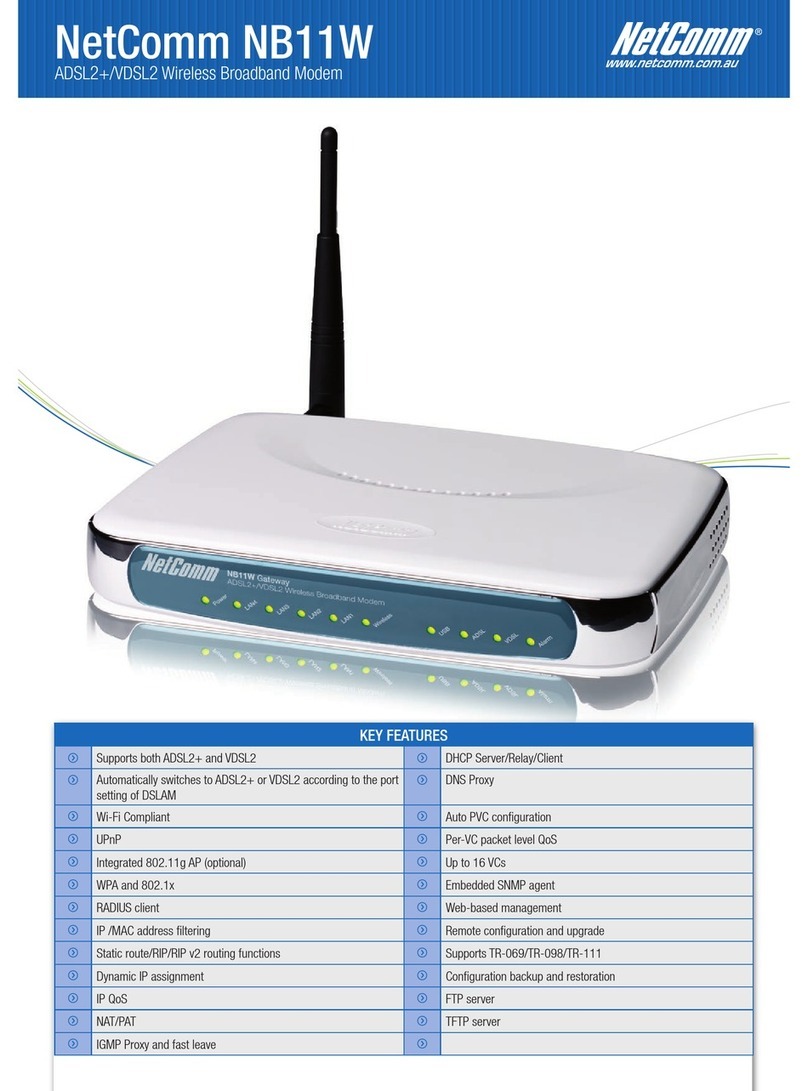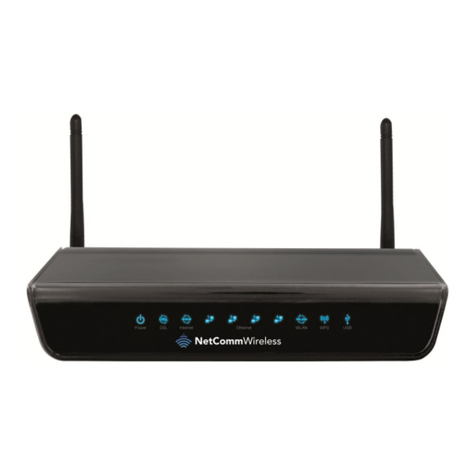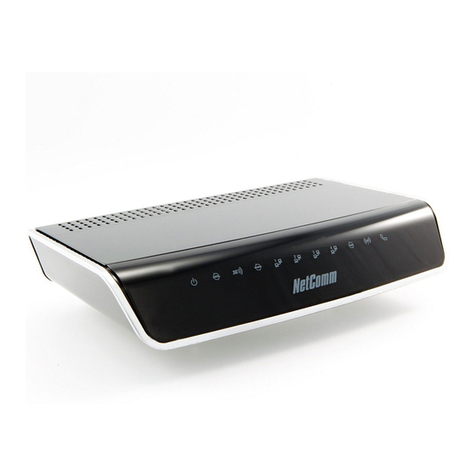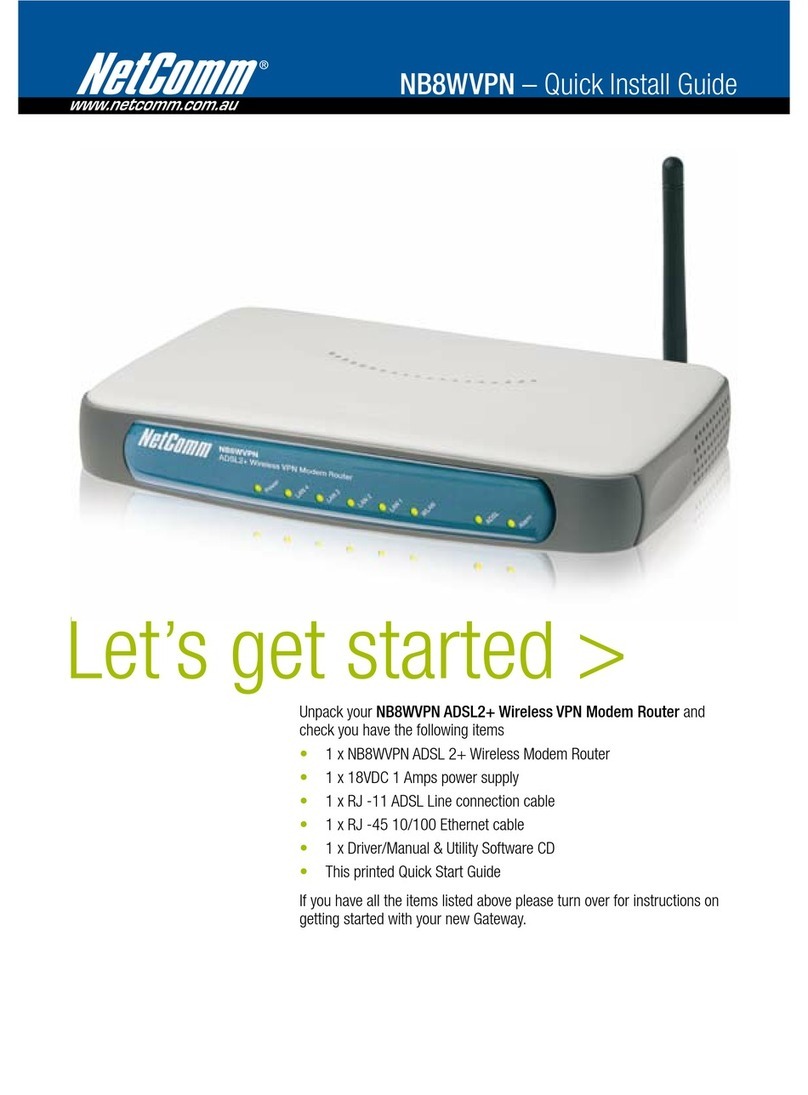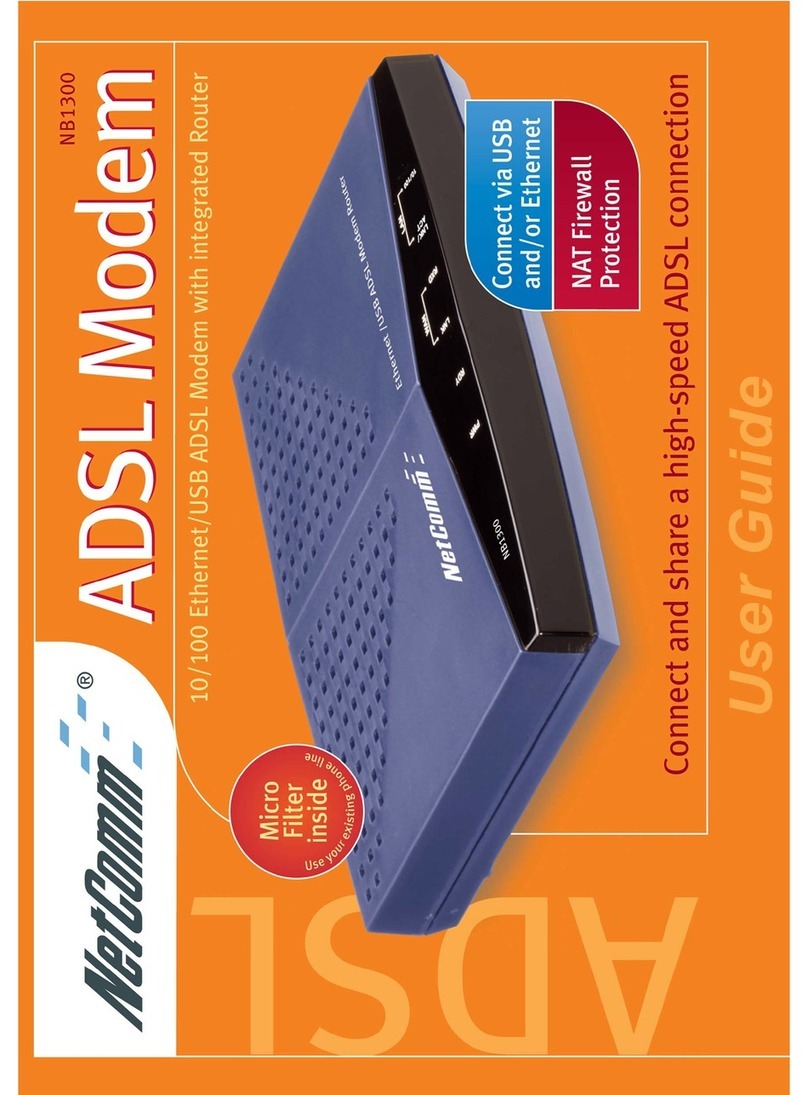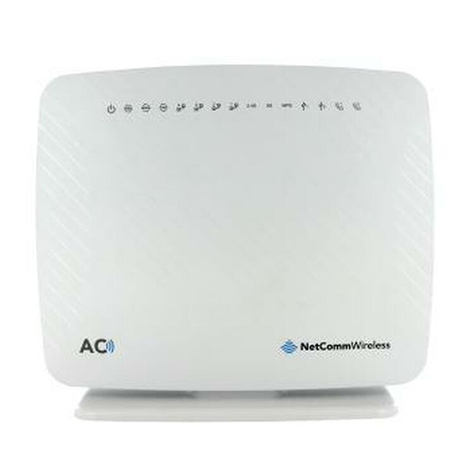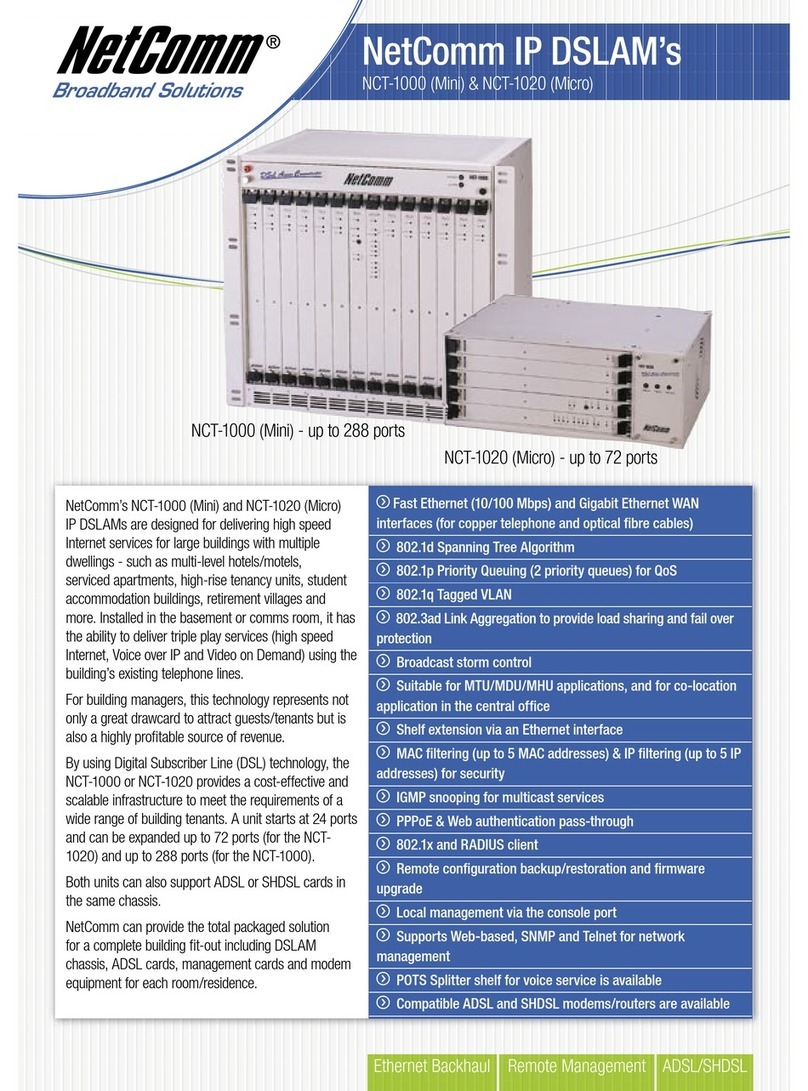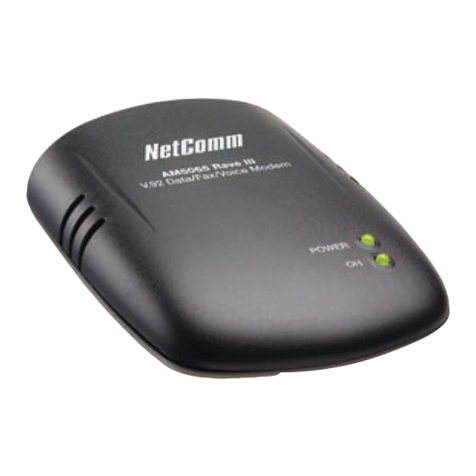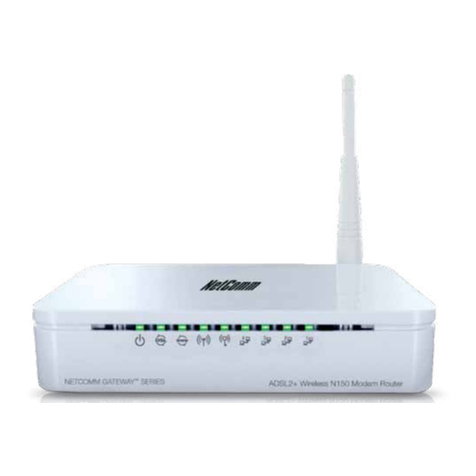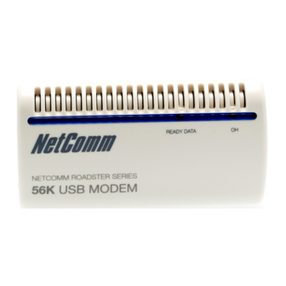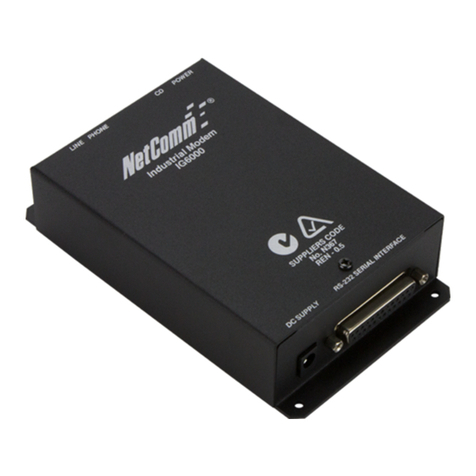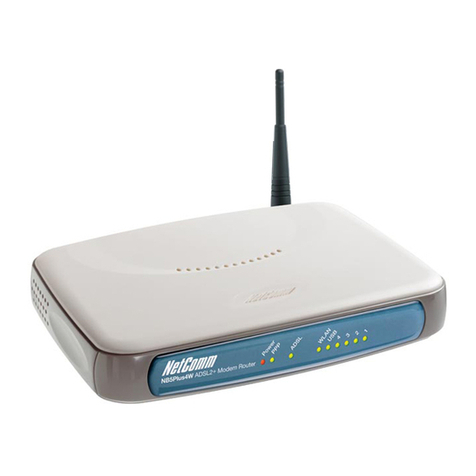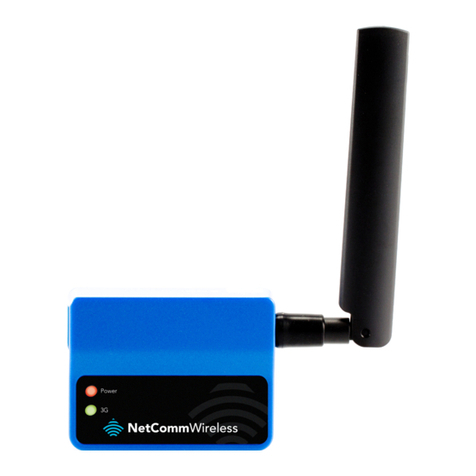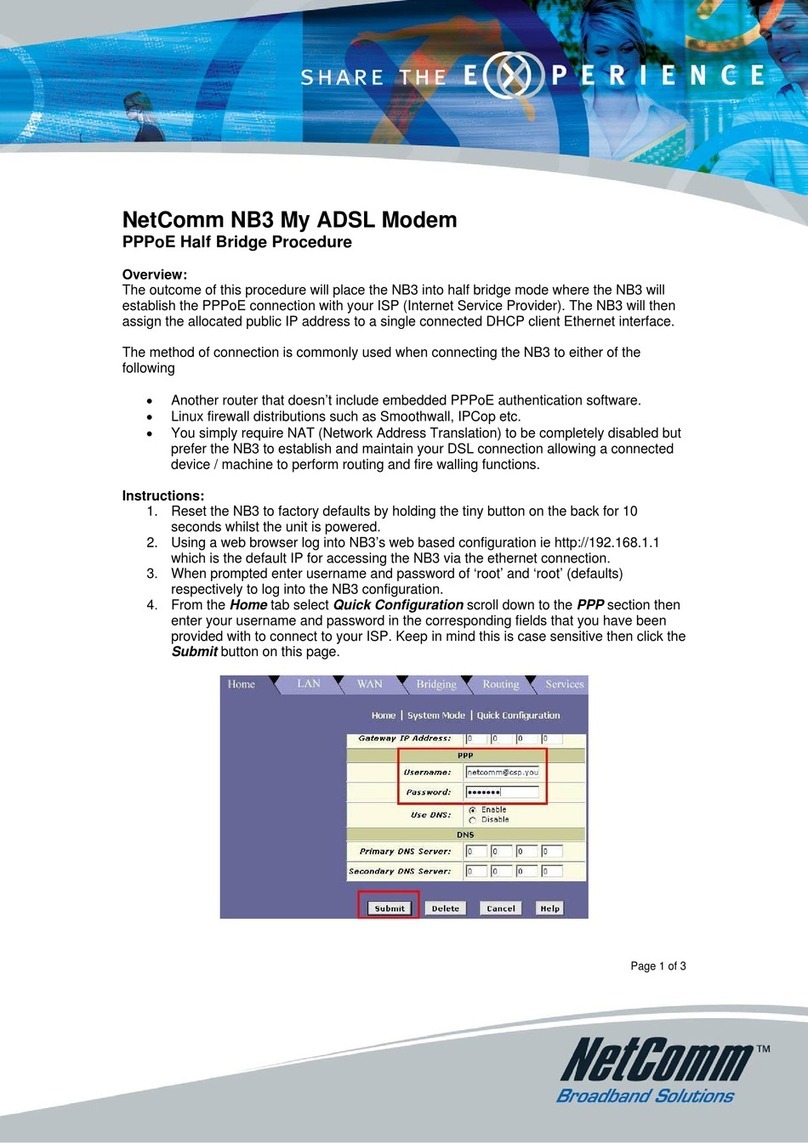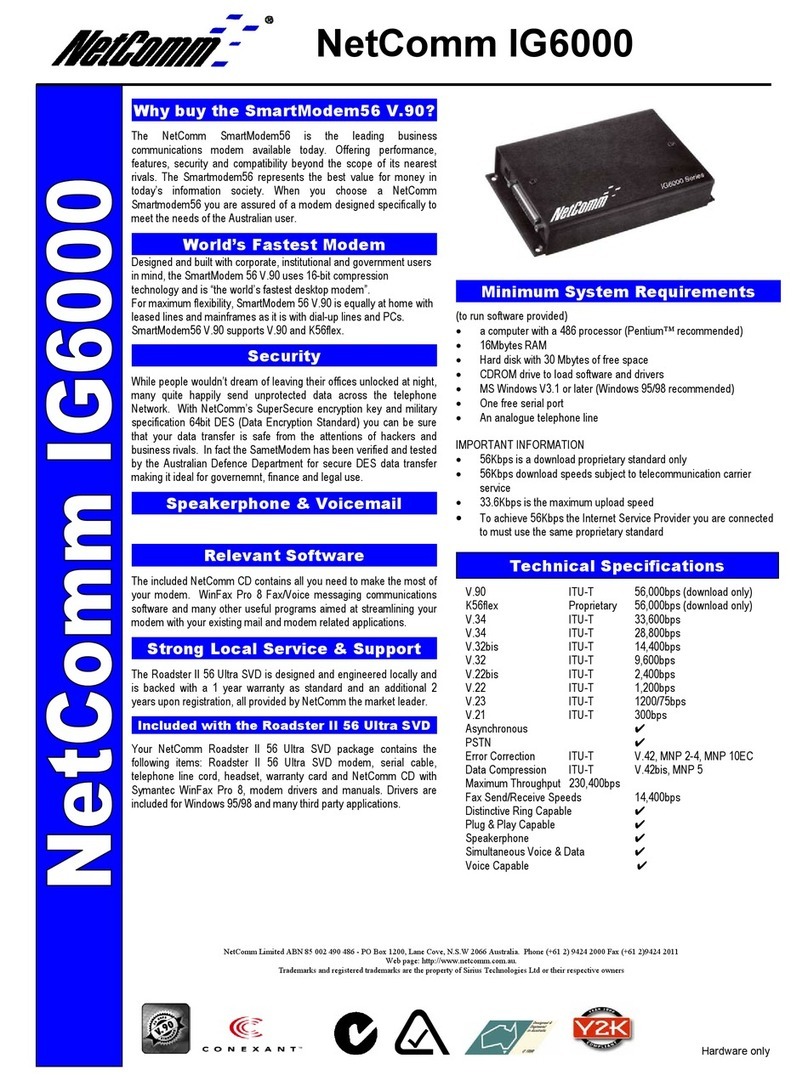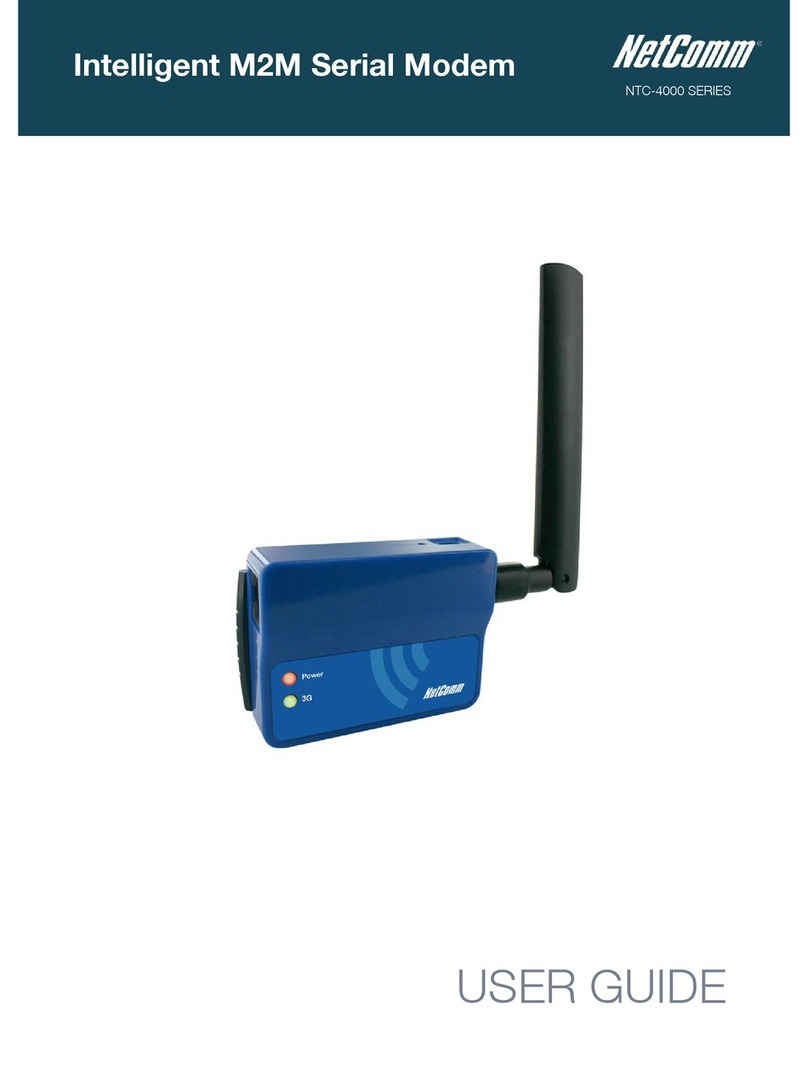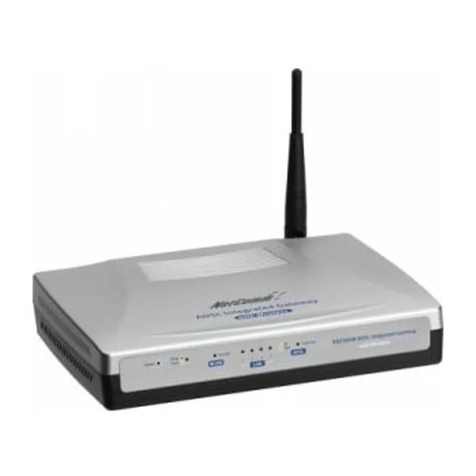8. From the Authentication type drop down list, select the Authentication type used on the server. If you do not know the authentication
method used, select any and the router will attempt to determine the correct authentication type for you. There are 5 authentication
types you can choose from:
a) CHAP – uses a three way handshake to authenticate the identity of a client.
b) MS-CHAP v1 – This is the Microsoft implementation of the Challenge Handshake Authentication Protocol for which support was
dropped in Windows® Vista.
c) MS-CHAP v2 - This is the Microsoft implementation of the Challenge Handshake Authentication Protocol which was introduced in
Windows® NT 4.0 and is still supported today.
d) PAP – The Password Authentication Protocol uses a password as a means of authentication and as such, is commonly supported.
PAP is not recommended because it transmits passwords unencrypted and is not secure.
e) EAP – Extensible Authentication Protocol. An Authentication protocol commonly used in wireless networks.
9. The metric value helps the router to prioritise routes and must be a number between 0 and 65535. The default value is 30 and should
not be modified unless you are aware of the effect your changes will have.
10. The Use peer DNS option allows you to select whether the remote clients will use the Domain Name Server of the PPTP server. Click
the toggle key to set this to ON or OFF as required.
11. NAT masquerading allows the router to modify the packets sent and received to inform remote computers on the internet that
packets originating from a machine behind the router actually originated from the WAN IP address of the router’s internal NAT IP
address. Click the toggle key to switch this to the ON position if you want to use this feature.
12. Set default route to PPTP sets all outbound data packets to go out through the PPTP tunnel. Click the toggle key to switch this to the
ON position if you want to use this feature.
13. The Verbose logging option sets the router to output detailed logs regarding the PPTP connection in the System Log section of the
router interface.
14. The Reconnect delay is the time in seconds that the router will wait before attempting to connect to the PPTP server in the event that
the connection is broken. The minimum time to wait is 30 seconds so as to not flood the PPTP server with connection requests, while
the maximum time to wait is 65335 seconds.
15. The Reconnect retries is the number of connection attempts that the router will make in the event that the PPTP connection goes
down. If set to 0, the router will retry the connection indefinitely, otherwise the maximum number of times to retry cannot be greater
than 65335.
16. Click the Save button to save the changes. The VPN will attempt to connect after your click Save. Click the Status button at the top left
of the interface to return to the status window and monitor the VPN’s connection state.
